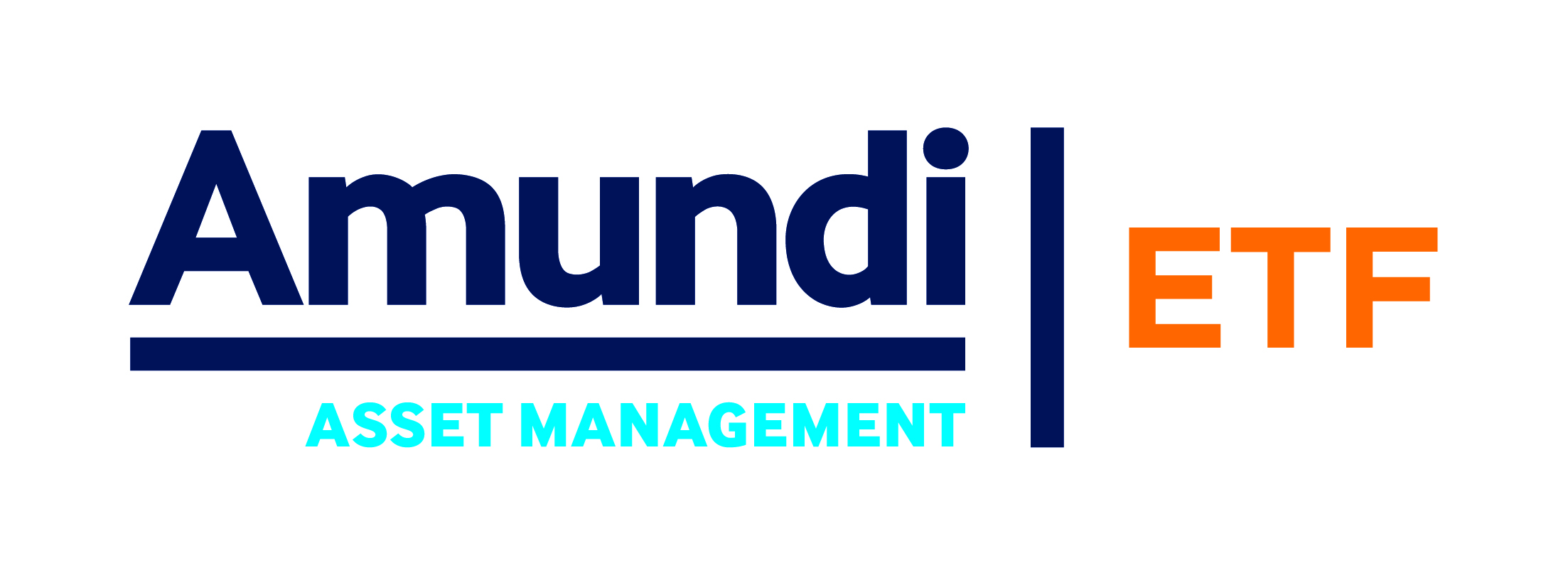Investors are starting to eye-up emerging market ETFs once again amid a weaker US dollar and a rise in earnings.
According to data from Ultumus, two emerging market equity products were in the top 10 European-listed ETFs to see inflows in the week to 7 August.
The $2.4bn Amundi MSCI EM Asia UCITS ETF (AASU) witnessed positive net flows of $247m last week, the second highest across all European ETFs, while investors poured $180m into the $2.8bn Amundi Index MSCI Emerging Markets UCITS ETF (AEME), the sixth most.
The inflows come weeks after the US dollar fell to a two-year low on 23 July as coronavirus cases continued to soar across the pond.
Last week, the number of COVID-19 cases in the US surpassed 5 million, the highest globally by some distance.
As a result, the outlook for the US economy has taken a hit with the Trump administration struggling to pass a second stimulus package through Congress.
The US dollar is down around 8% since its 20 March peak making the current environment typically favourable for emerging markets.
As Marc Franklin, head of flexible multi-asset at NN Investment Partners, explained: “When the US dollar is weak then emerging market assets denominated in the currency start to attract attention and investors perceive there to be a reduced risk of potential currency losses.”
Five fund buyers reveal their favourite emerging market ETFs
Furthermore, analysts at Goldman Sachs pointed to a rise in emerging market earnings for the first time since January, driven by Asian companies.
“EM earnings have turned the corner,” Kamakshya Trivedi, co-head of global foreign exchange, interest rates and emerging markets strategy research at Goldman Sachs and co-author of the report, said. “We expect Latin America to follow the precedent set by Asia, given the sequencing of the virus.”
However, the BlackRock Investment Institute (BII) is “less sanguine” about the prospects for emerging market equities as countries outside of northern Asia struggle to contain the spread of the virus.
“A weaker dollar generally is positive for EM assets, yet we see the relatively weak public health infrastructure and limited policy space more than offsetting such benefit across much of the EM complex.”
ESG and emerging markets: Match made in heaven?
For ETF investors, however, this is less of an issue as the countries where the virus is contained make-up the majority of the flagship emerging market indices. China, Taiwan and South Korea account for 67% of the MSCI Emerging Markets index, for example.
This has been highlighted in the recent performance with the MSCI Emerging Markets index down 1.7% year-to-date versus -22.9% for the MSCI Emerging Markets ex Asia index, as at 31 July.




